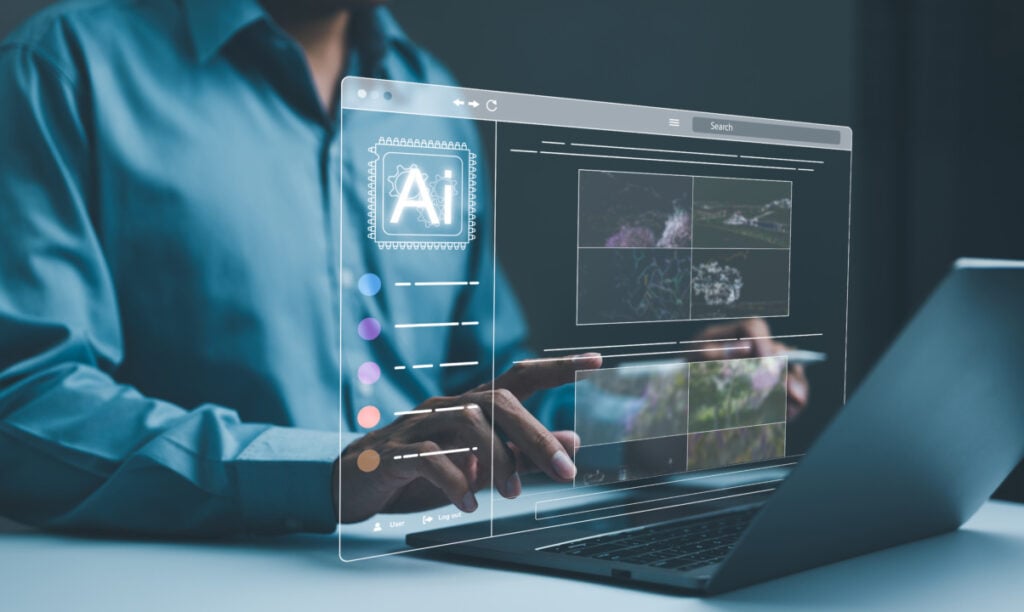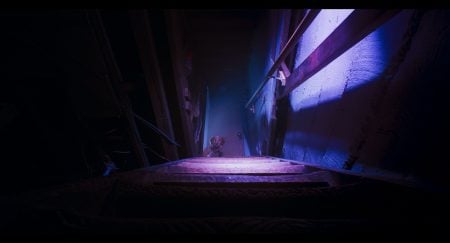In the ever-evolving digital landscape, creating visually captivating content has become a necessity for brands, marketers, and designers. With the rise of artificial intelligence (AI), the design process has experienced a transformative shift, allowing creators to produce professional-grade visuals more efficiently and creatively than ever before. AI tools are no longer just convenient add-ons; they are indispensable resources that streamline workflows, foster innovation, and democratize the creation of high-quality content. Whether automating routine tasks, generating unique art, or personalizing branding, AI is revolutionizing the design world.
Streamlining Workflow and Boosting Productivity
One of the most significant benefits of AI tools in design is their ability to handle repetitive tasks, enabling designers to focus on higher-level creative decisions. For instance, platforms like Canva have integrated AI to make design accessible to everyone, offering a user-friendly interface along with features like automatic resizing, drag-and-drop elements, and intelligent design suggestions. This combination allows even those without formal training to create visually appealing graphics with minimal effort.
For professional designers, AI-powered tools like Adobe Photoshop and Illustrator go a step further. These tools leverage Adobe Sensei, an AI engine that automates complex tasks such as object removal, color correction, and layout optimization. Content-Aware Fill, for example, enables designers to seamlessly remove unwanted elements from images, while Neural Filters provide innovative options for retouching and stylization. Similarly, Figma’s AI-driven plugins streamline tasks like aligning objects, generating color palettes, and creating responsive designs for multiple platforms. These capabilities save hours of manual effort, allowing teams to meet tight deadlines without compromising on quality.
Fostering Creativity Through AI-Driven Art Generators
AI-driven art generators have emerged as game-changing tools for visual design. These applications, including DALL·E, MidJourney, and Stable Diffusion, utilize sophisticated machine learning algorithms to generate original artwork based on simple text prompts. Platforms like CGDream elevate this functionality with advanced features like consistent character rendering, 3D-to-image integration, and style transfer, providing unparalleled flexibility and precision for designers looking to push creative boundaries.
For example, a graphic designer might input a prompt like “a futuristic cityscape with glowing neon lights under a starry sky” into an art generator and receive a series of unique, high-quality images within moments. This kind of capability is invaluable for ideation, mood boarding, and even creating final assets for campaigns.
However, the rise of AI art generators has sparked debates about originality and intellectual property. Since these models are trained on vast datasets of existing artwork, some argue that they blur the line between inspiration and plagiarism. Despite these ethical considerations, many view AI art generators as collaborative tools that complement human creativity rather than replacing it. By leveraging these tools thoughtfully, designers can push the boundaries of artistic innovation while maintaining their unique voice.
Personalization and Enhancing Branding Efforts
Personalization is critical in modern design, particularly in branding and marketing, where tailored visuals can significantly impact audience engagement. AI tools like Looka and Tailor Brands specialize in creating custom branding elements, including logos, color schemes, and marketing materials. These platforms use AI to analyze user preferences and generate branding assets that align with the desired aesthetic and target audience.
For businesses, especially startups, these tools offer an affordable and efficient way to establish a strong brand identity without hiring a dedicated designer. For instance, Looka’s AI system can create a complete branding kit in minutes, ensuring consistency across social media, websites, and promotional materials. Similarly, Tailor Brands streamlines the design process, enabling small businesses to compete visually with larger companies through professional-quality designs.
Expanding into Video Content Creation
The demand for engaging video content has surged, and AI is playing a pivotal role in this domain as well. Platforms like Runway ML, Synthesia, and Pictory empower creators to produce professional videos without requiring advanced technical skills. Runway ML allows designers to create animations, remove video backgrounds, and add dynamic effects effortlessly. Synthesia offers an innovative way to generate videos with AI avatars delivering scripted messages, ideal for training materials or international campaigns.
Pictory focuses on repurposing content by transforming long-form videos, blog posts, or presentations into short, engaging clips tailored for social media. These tools reduce production costs and time, making high-quality video content accessible to creators and businesses of all sizes.
Overcoming Creative Blocks and Sparking Innovation
AI also serves as an invaluable ally in overcoming creative blocks, a common challenge for designers. Tools like Artbreeder and DeepArt.io provide fresh perspectives by blending styles or applying artistic effects to existing visuals. Similarly, a https://cgdream.ai/features/text-to-image-ai-generator allows designers to transform abstract ideas into tangible visuals, sparking new directions and creative breakthroughs.
These tools not only enhance creativity but also encourage experimentation, helping designers explore ideas they might not have considered otherwise.
Caroline is doing her graduation in IT from the University of South California but keens to work as a freelance blogger. She loves to write on the latest information about IoT, technology, and business. She has innovative ideas and shares her experience with her readers.




![‘Anemone’ Review – Ronan Day-Lewis’ Debut Feature Is A Bold Visual Feast Anchored By Daniel Day-Lewis’ Tremendous Return [NYFF 2025] ‘Anemone’ Review – Ronan Day-Lewis’ Debut Feature Is A Bold Visual Feast Anchored By Daniel Day-Lewis’ Tremendous Return [NYFF 2025]](https://cdn.geekvibesnation.com/wp-media-folder-geek-vibes-nation/wp-content/uploads/2025/09/Anemone-Still-300x126.jpg)

